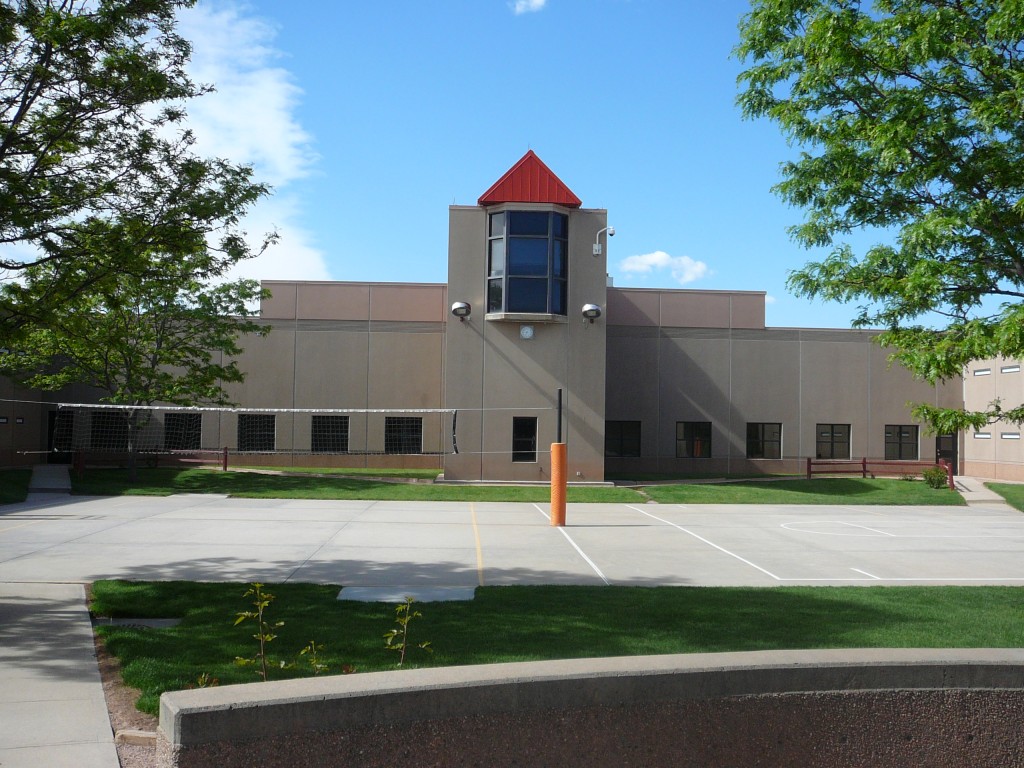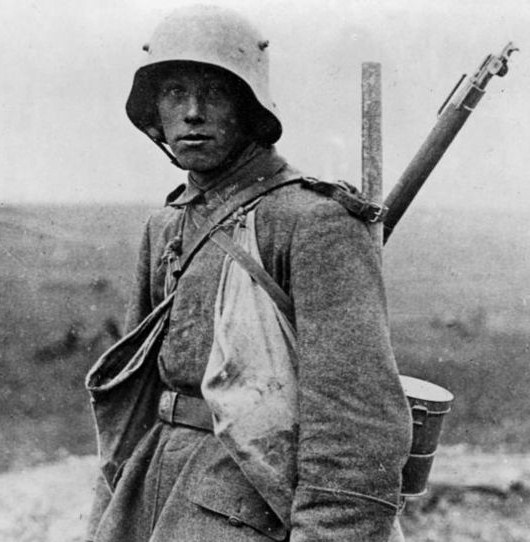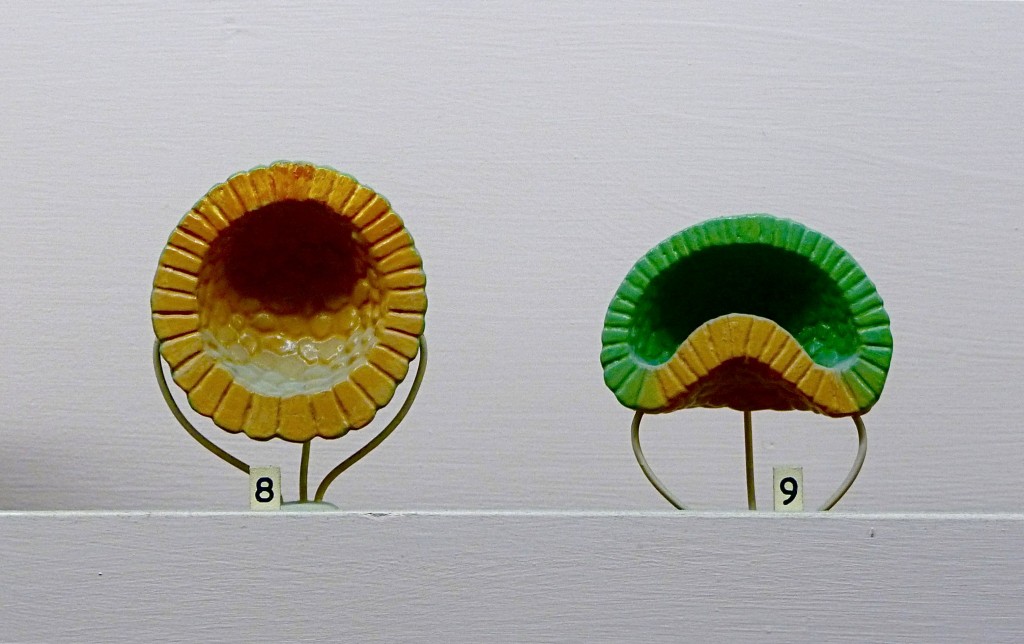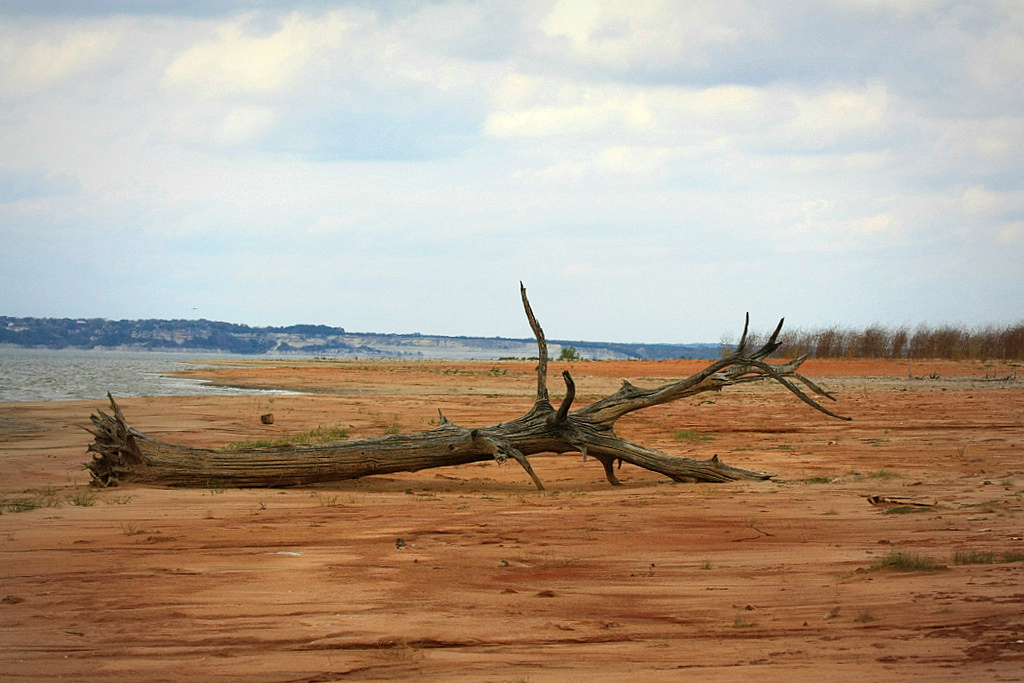 I never imagined that writing a book about cats and dogs would land me in the Boulder County Jail. But there I was on a Friday afternoon in late September, surrounded by 15 inmates in the middle of Cell Block B—and looking for the exit.
I never imagined that writing a book about cats and dogs would land me in the Boulder County Jail. But there I was on a Friday afternoon in late September, surrounded by 15 inmates in the middle of Cell Block B—and looking for the exit.
At that moment, I was more cold than afraid. The guards had cranked up the AC, and I stood shivering, my arms crossed tightly against my chest. The cell block was large and sterile, with a drab gray floor, chalky cinderblock walls, and round, convex mirrors hinged to every corner. The only color came from thirty dark orange doors that framed the room, each branded with a large white number and harboring two narrow glass slits for windows. At a signal from a guard a few moments earlier, the doors had swung open, and the prisoners emerged from their closet-sized cells, pouring into the middle of the space in which I was standing. One—heavily-tattooed with a bald head, tan skin, and a long, ragged goatee—headed straight for me. He had something in his hand. Continue reading













